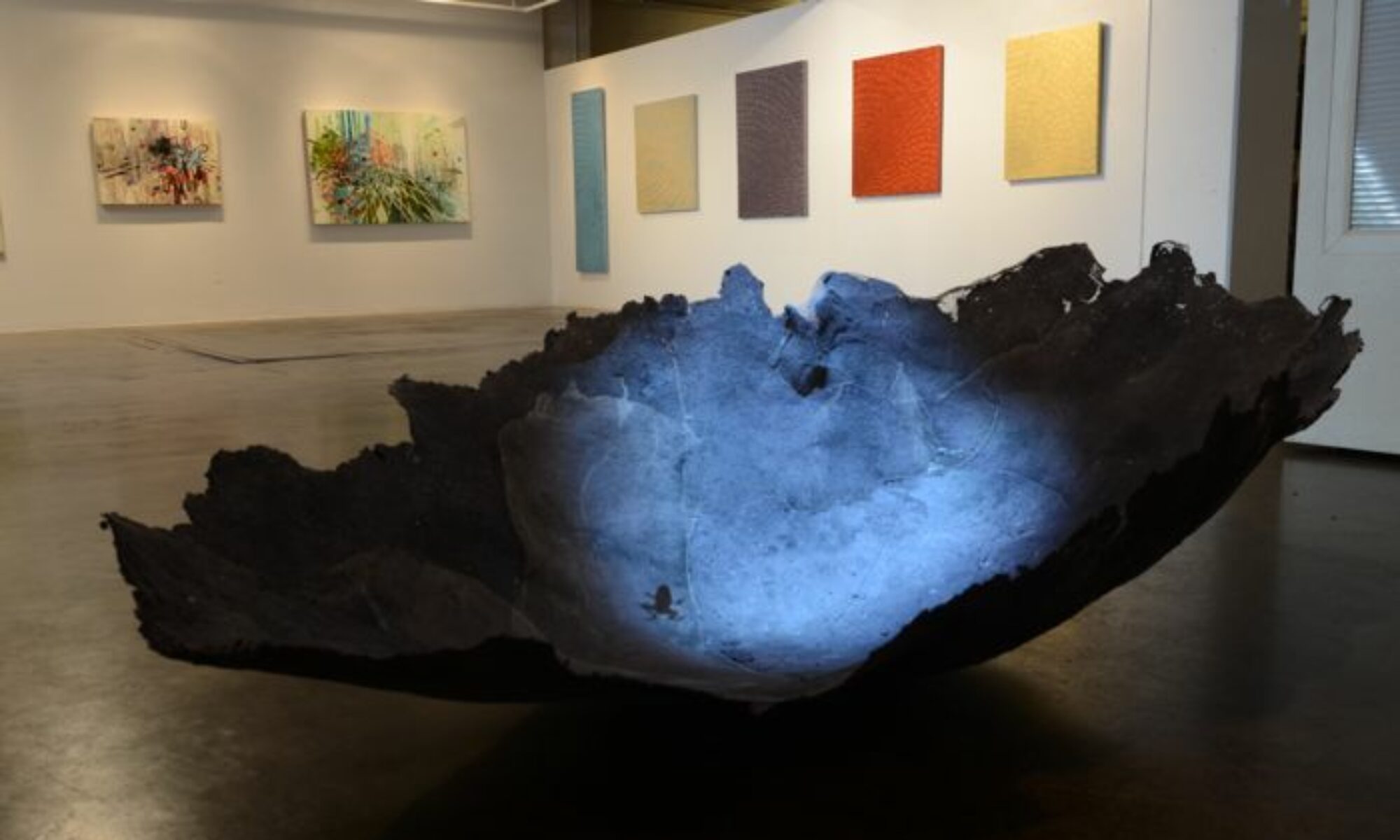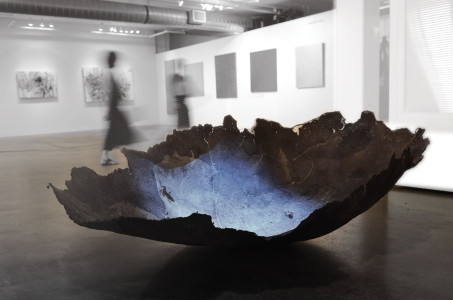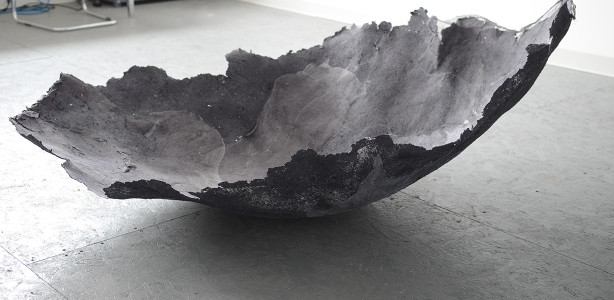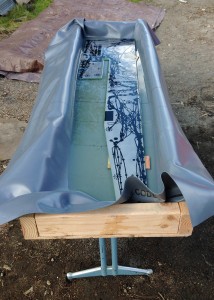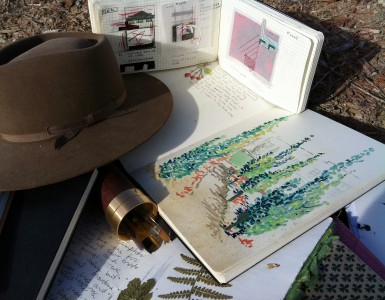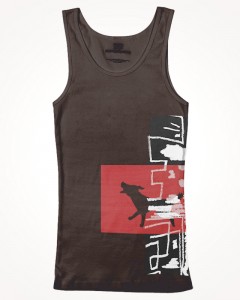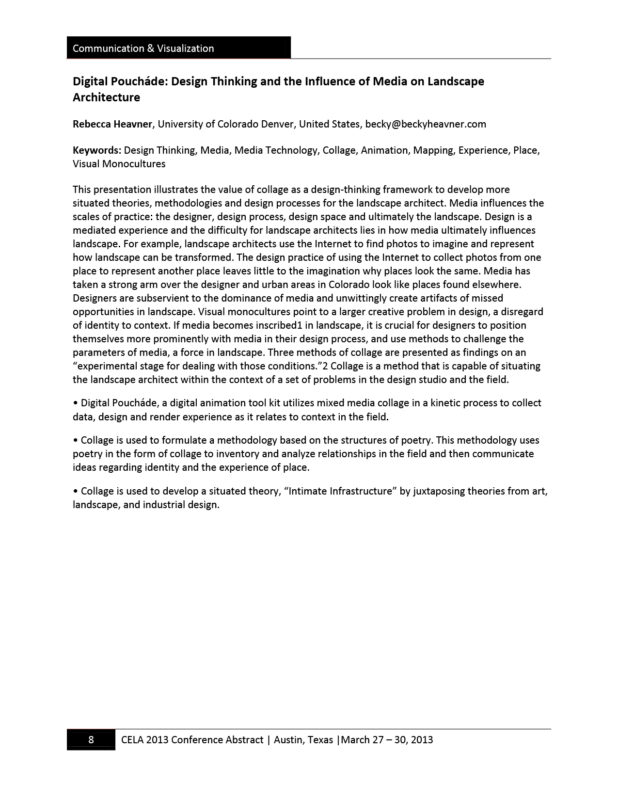Visualization and Communication abstract reviewer. CELA’s intent is to publish a peer-reviewed, thematically organized conference proceedings, Landscape Research Record.
Flex-it, San Diego
Flex-it, My Body My Temple: one day installation event on March 21, 2015 at the Jacobs Center in San Diego. Collaboration with Bryan Leister.
My Body My Temple
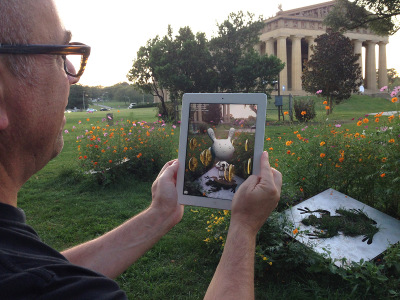
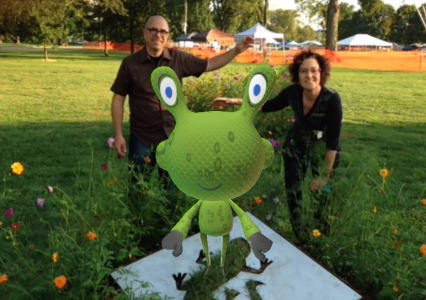
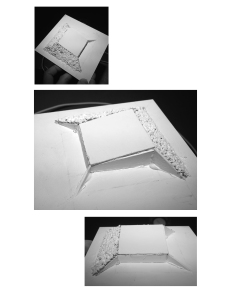 Tracing a cross-functional team’s design process, this paper focuses on the development of a mobile Augmented Reality game (AR) app and the corresponding sculptural markers located in Centennial Park, on the grounds of the Parthenon Museum in Nashville, Tennessee. Designed primarily for children, the game Pygmalion’s Challenge, by Bryan Leister and the author, Rebecca Heavner, is based on the treasure of the Delian League, a fifth century association of Greek city-states who met in the original Parthenon in Athens, Greece. To unlock the central treasure, players must move in and around the grounds between sculptural markers and the Parthenon to collect coins. Those who score higher will burn more calories. Using a virtual key, animated characters are unlocked from each sculptural marker and players have the opportunity to pose with the virtual characters and share photos with friends on social media. Combining a software design process with a landscape design process, the designers investigate the critical relationship between the body and landscape through the use of media and the landscape. In the design process the capabilities of the media influence design and contribute to the experience of gameplay and place. What factors play a role in the analytics of this game? How can development methodologies, first used in software engineering and in this process, add discourse to landscape design thinking?
Tracing a cross-functional team’s design process, this paper focuses on the development of a mobile Augmented Reality game (AR) app and the corresponding sculptural markers located in Centennial Park, on the grounds of the Parthenon Museum in Nashville, Tennessee. Designed primarily for children, the game Pygmalion’s Challenge, by Bryan Leister and the author, Rebecca Heavner, is based on the treasure of the Delian League, a fifth century association of Greek city-states who met in the original Parthenon in Athens, Greece. To unlock the central treasure, players must move in and around the grounds between sculptural markers and the Parthenon to collect coins. Those who score higher will burn more calories. Using a virtual key, animated characters are unlocked from each sculptural marker and players have the opportunity to pose with the virtual characters and share photos with friends on social media. Combining a software design process with a landscape design process, the designers investigate the critical relationship between the body and landscape through the use of media and the landscape. In the design process the capabilities of the media influence design and contribute to the experience of gameplay and place. What factors play a role in the analytics of this game? How can development methodologies, first used in software engineering and in this process, add discourse to landscape design thinking?
Keywords: Augmented Reality, Landscape Design Process, Agile Development, and Gaming Analytics
News article:
http://www.wsmv.com/story/27577343/parthenon-art-exhibit-reminds-guests-to-get-active
Traversal
Frogs are known to be bio-indicators or an indicator species; their health can serve as a biological warning sign for the overall health of the environment in which they live. Traversal is an interactive sculpture inspired by several ponds: a forbidden pond of my youth and a pond in my back yard in Virginia. On a summer night, frogs would chirp. In desperation to be close to them, I would grab a flashlight and scramble outside to find them. In this collaboration with Bryan Leister, animated frogs swim, controlled by a sensor and infared light in a flashlight. Several flashlights used simultaneously can cause the frogs to become agitated, creating an environment of empathy for the animations.
molded paper pulp, cheesecloth, glue, ink
exhibition: April 22- May 31, 2014
Walker Fine Art, Denver, Colorado
Paper Skin Sculpture
One Three Dimensional Chair Process
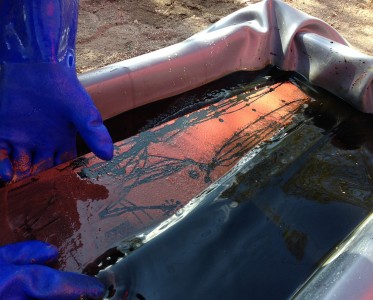
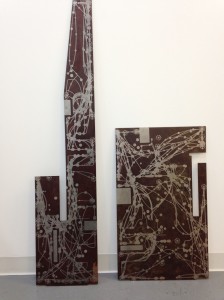 -In the field, I have been designing, constructing and finishing a metal sculpture, a new body of work. The work is collaboration in both concept and form.
-In the field, I have been designing, constructing and finishing a metal sculpture, a new body of work. The work is collaboration in both concept and form.
An augmented sculpture by Becky Heavner and Bryan Leister. One Three Dimensional Chair is both real and virtual, the steel sculpture and printed pattern is an abstract exploration of form. These patterns trigger an image of a virtual chair on a mobile device or tablet when the iOS or Android application below is installed. When the pattern is recognized by the application, a ‘real’ chair will appear in context to the space and can be interacted with.
Like Kosuth, we question the representation of things. The chair is an object, a description of properties and an instance of the object. In code, the chair is a collection of deconstructed one-dimensional parts as it is in reality. The internal logic of the form is mapped on the form itself. The patterns are tracings by virtual entities or agents who travel around the form, leaving a record of their path. The viewing device uses this record to display a form to the viewer that can be further manipulated and augmented with virtual living beings.
Plein Air: Animated Field Books Class Development
dog!
Today I am submitting illustrations and spatial design ideas for several potential projects. One project is an animal shelter interior and exterior space. Naturally, my background as an illustrator plays into my design of spatial experiences. I remembered this tank top I designed last fall. The imagery inspired my website. It is a two color illustration (white +red) on black. And now I am thinking about a fixture for the facade of this building.
mind the gap
The field of landscape architecture is entering a new era. I think I feel it. Recently, I was in Austin, Texas attending a conference on landscape architecture. At the last minute, I changed my choice and entered a lecture a few minutes late. At the end, when questions were voiced, Anne Whiston Spirn, the third lecturer said, she had never seen research quite like the first two presentations. I too had been captivated by the research. These young voices had made and tested prototypes. If the profession of landscape architecture is not doing then it is important to make and do yourself. It was almost as if this conversion with myself was heard. Anne turned and asked the room of people if they also felt the field was changing. I think I felt it in that room. She asked “are other landscape architects making things like this and borrowing from other fields like industrial design? People agreed, Rhino is now being used and Processing to represent the data. I thought about my own experiments. If something is happening but not verbally acknowledged, it takes longer for change to happen. It was important for this photographer to voice something that some designers know. Yes, landscape architects use Rhino, Grasshopper and Processing. But more importantly, I believe she was saying landscape architects feel the need to make. Perhaps the field has been slipping into a gap, and now looking for a way out.
Today, I sat and listened to a sermon looking for a relevant message to take to heart. The minister spoke of a gap or void and of lost love. He said the intensity of love can’t be understood without a gap. It is important not to try to fill voids, but know they exist because intensity can’t be felt without them.
Council of Educators in Landscape Architecture (CELA)
Space/Time/Place/Duration
THE UNIVERSITY OF TEXAS AT AUSTIN
MARCH 27–30, 2013
Presented a paper based on my graduate thesis:
